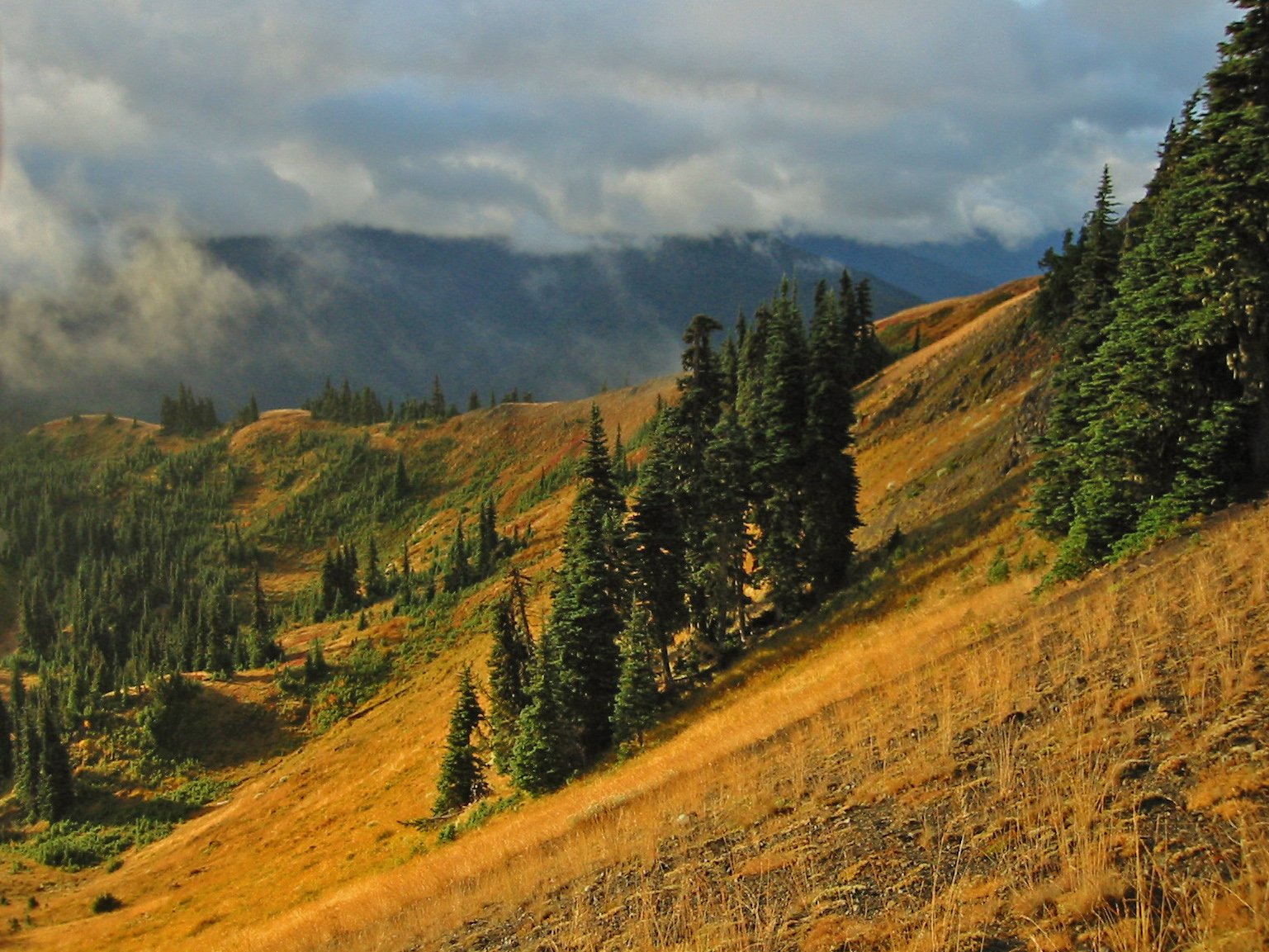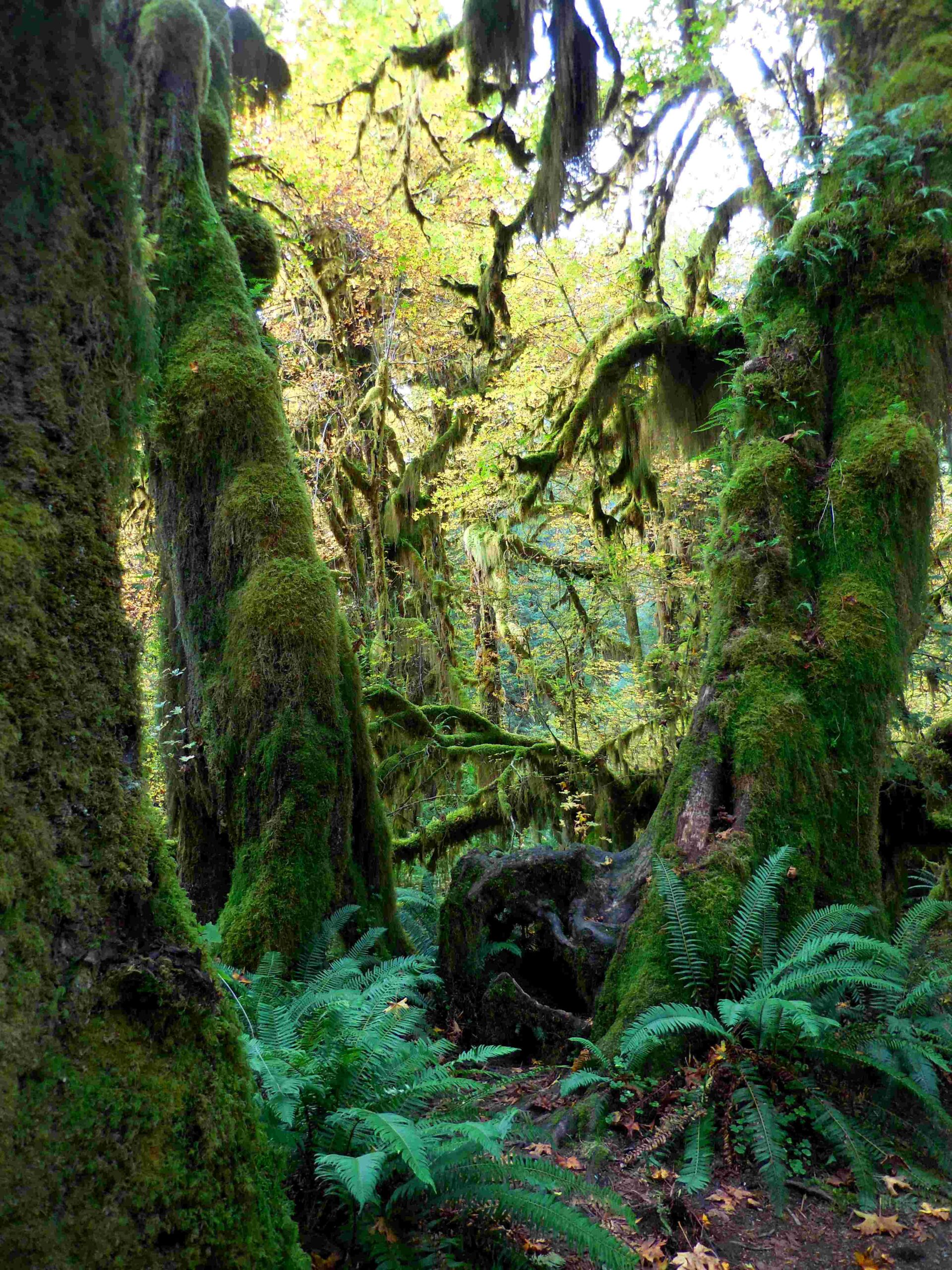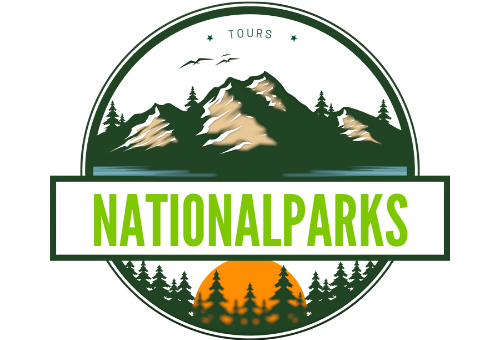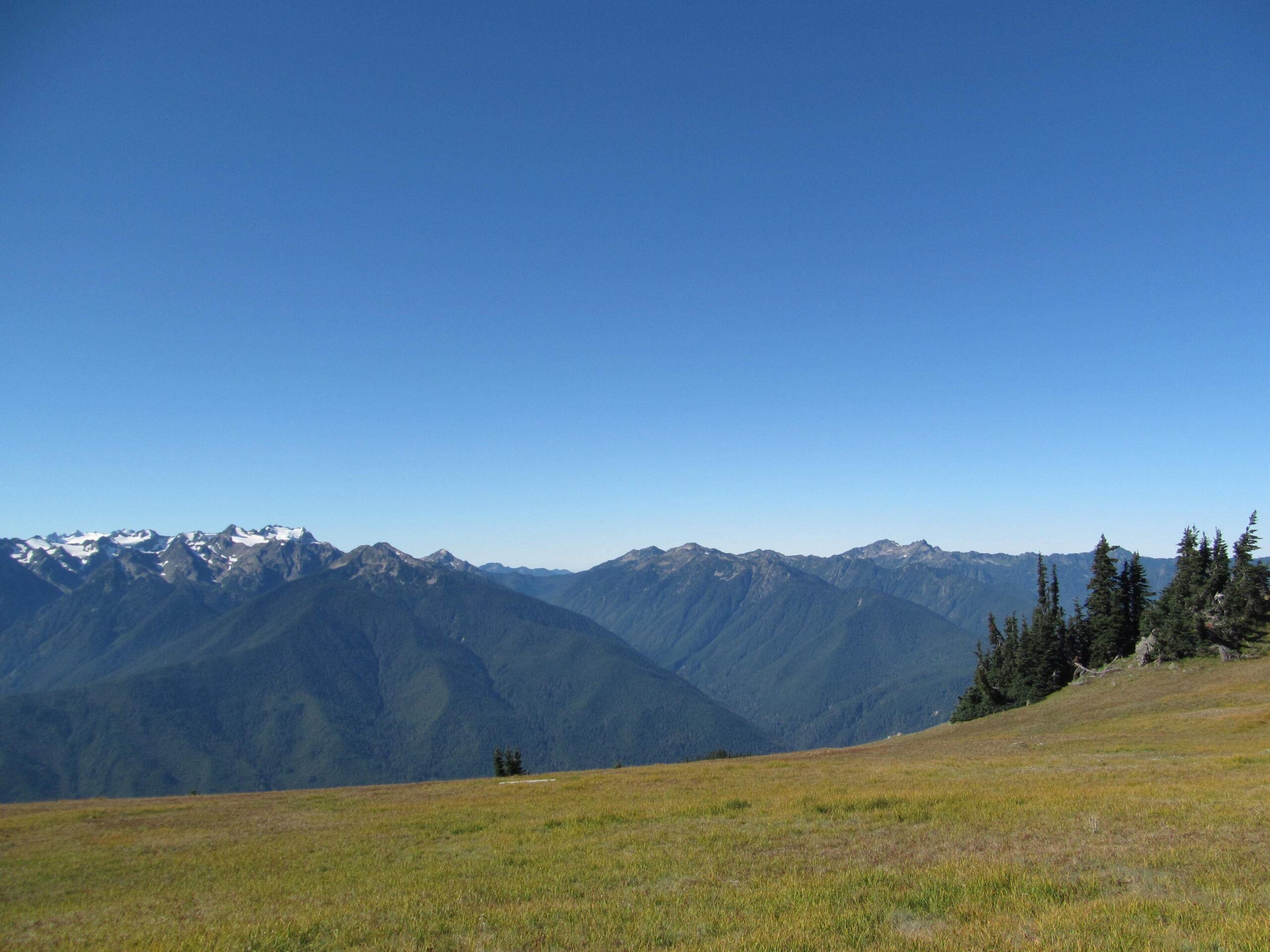Olympic National Park tide predictions are crucial for visitors planning coastal activities. These predictions provide detailed information on high and low tide times, tidal ranges, and seasonal variations. Understanding tide patterns is essential for safe exploration of beaches, tidepools, and coastal trails. This guide offers comprehensive insights into tide predictions for popular areas like Rialto Beach and La Push, including upcoming king tides and full moon events that significantly impact tidal extremes.
What Are the Key Factors Influencing Olympic National Park Tide Predictions?

Olympic National Park’s tides are influenced by several factors:
- Lunar cycles
- Earth’s rotation
- Coastal topography
- Seasonal variations
These elements combine to create complex tidal patterns that visitors must understand for safe and enjoyable coastal experiences.
How Do Tide Predictions Vary Across Different Beaches in Olympic National Park?

Tide predictions can vary significantly across different beaches within Olympic National Park. Let’s compare predictions for two popular locations:
Rialto Beach
| Date | High Tide | Low Tide |
|---|---|---|
| Nov 17, 2024 | 12:47 PM PDT, 9.22 ft | 7:06 AM PDT, -0.87 ft |
| Nov 18, 2024 | 1:21 PM PDT, 9.22 ft | 7:44 AM PDT, -0.34 ft |
| Nov 19, 2024 | 1:56 PM PDT, 9.64 ft | 8:17 PM PDT, -0.97 ft |
La Push
| Date | High Tide | Low Tide |
|---|---|---|
| Nov 17, 2024 | 1:00 PM PDT, 10.9 ft | 6:27 AM PDT, -1.11 ft |
| Nov 18, 2024 | 1:48 PM PDT, 10.8 ft | 7:06 AM PDT, -0.87 ft |
| Nov 19, 2024 | 2:38 PM PDT, 10.6 ft | 7:44 AM PDT, -0.34 ft |
As you can see, while the general patterns are similar, there are notable differences in timing and tide heights between these two locations.
What Are King Tides and How Do They Affect Olympic National Park?
King tides are exceptionally high tides that occur when the gravitational forces of the sun and moon align. In Olympic National Park, king tides can have significant impacts:
- Higher than normal high tides
- Lower than normal low tides
- Increased coastal erosion
- Potential flooding of low-lying areas
For example, during the king tide event predicted for November 17-19, 2024, visitors can expect more extreme tidal ranges, with some areas potentially becoming inaccessible during high tide.
How Can Visitors Access Accurate Tide Predictions for Olympic National Park?
Visitors can access accurate tide predictions through several methods:
- National Park Service website
- NOAA tide prediction tools
- Local visitor centers
- Mobile apps specializing in tide predictions
It’s crucial to use the most up-to-date information, as tide predictions can change based on various factors.
What Safety Precautions Should Visitors Take Based on Tide Predictions?
Understanding tide predictions is crucial for safety in Olympic National Park. Here are key precautions:
- Always check tide charts before coastal activities
- Be aware of tide times and plan accordingly
- Never turn your back on the ocean
- Avoid exploring tidepools or sea stacks during incoming tides
- Carry a tide chart and watch with you
Remember, tides can change quickly, and areas that were accessible can become dangerous within hours.
How Do Seasonal Changes Affect Tide Predictions in Olympic National Park?
While lunar cycles are the primary driver of tides, seasonal changes can have subtle effects on tide predictions in Olympic National Park:
- Spring and fall often see more extreme tides due to the Earth’s position relative to the sun
- Winter storms can amplify high tides, leading to increased coastal erosion
- Summer typically has more moderate tidal ranges, ideal for beach exploration
However, it’s important to note that daily and monthly lunar cycles have a more significant impact on tides than seasonal changes.
What Are the Best Times to Visit Olympic National Park Beaches Based on Tide Predictions?
The best times to visit Olympic National Park beaches depend on your interests:
- For tidepooling: Visit during low tides, especially negative low tides
- For beach walks: Plan around low to mid-tide times
- For photography: Sunrise or sunset during low tide can offer stunning views
- For surfing: Check local surf reports in conjunction with tide predictions
Here’s a sample of ideal times based on November 2024 predictions:
| Activity | Best Time | Tide Condition |
|---|---|---|
| Tidepooling | Nov 17, 7:06 AM | -0.87 ft low tide at Rialto Beach |
| Beach Walk | Nov 18, 10:00 AM | Mid-tide, rising |
| Photography | Nov 19, 4:30 PM | Sunset during falling tide |
How Can Understanding Tidal Ranges Enhance the Olympic National Park Experience?
Understanding tidal ranges can significantly enhance your Olympic National Park experience:
- Plan safer coastal hikes by knowing when headlands will be passable
- Discover hidden sea caves and arches exposed only at low tide
- Observe a wider variety of marine life in expanded tidepool areas
- Capture unique photographs of changing landscapes
- Participate in guided ranger programs timed with tidal events
For example, the tidal range at Rialto Beach on November 17, 2024, is approximately 10.09 ft, offering a dramatic transformation of the coastline throughout the day.
What Historical Tidal Events Have Shaped Olympic National Park’s Coastline?
While specific historical tidal events are not detailed in the provided information, it’s important to understand that over time, extreme tides and storm surges have played a significant role in shaping Olympic National Park’s coastline. These events contribute to:
- Formation of sea stacks and arches
- Erosion of cliffs and beaches
- Creation of unique coastal ecosystems
Studying historical tide data can provide insights into long-term coastal changes and help predict future trends in Olympic National Park’s dynamic coastal environment.
By understanding Olympic National Park tide predictions, visitors can safely explore the park’s stunning coastal areas, witness the power of natural forces, and experience the ever-changing beauty of this unique ecosystem.
References:
1. King Tides Calendar – Washington Sea Grant
2. Rialto Beach Tides | November 2024 | 30 day calendar – TideTime.org
3. Read a Tide Chart Before Hiking Olympic National Park’s Beaches

